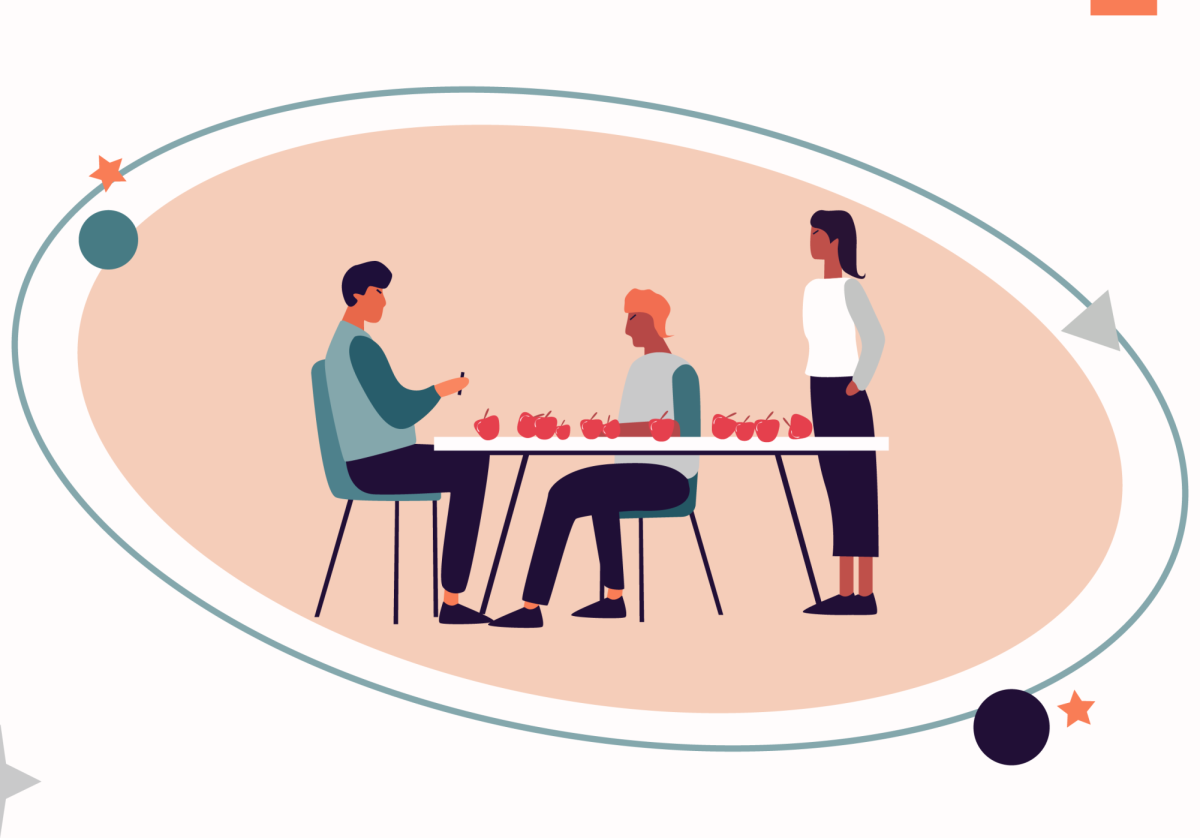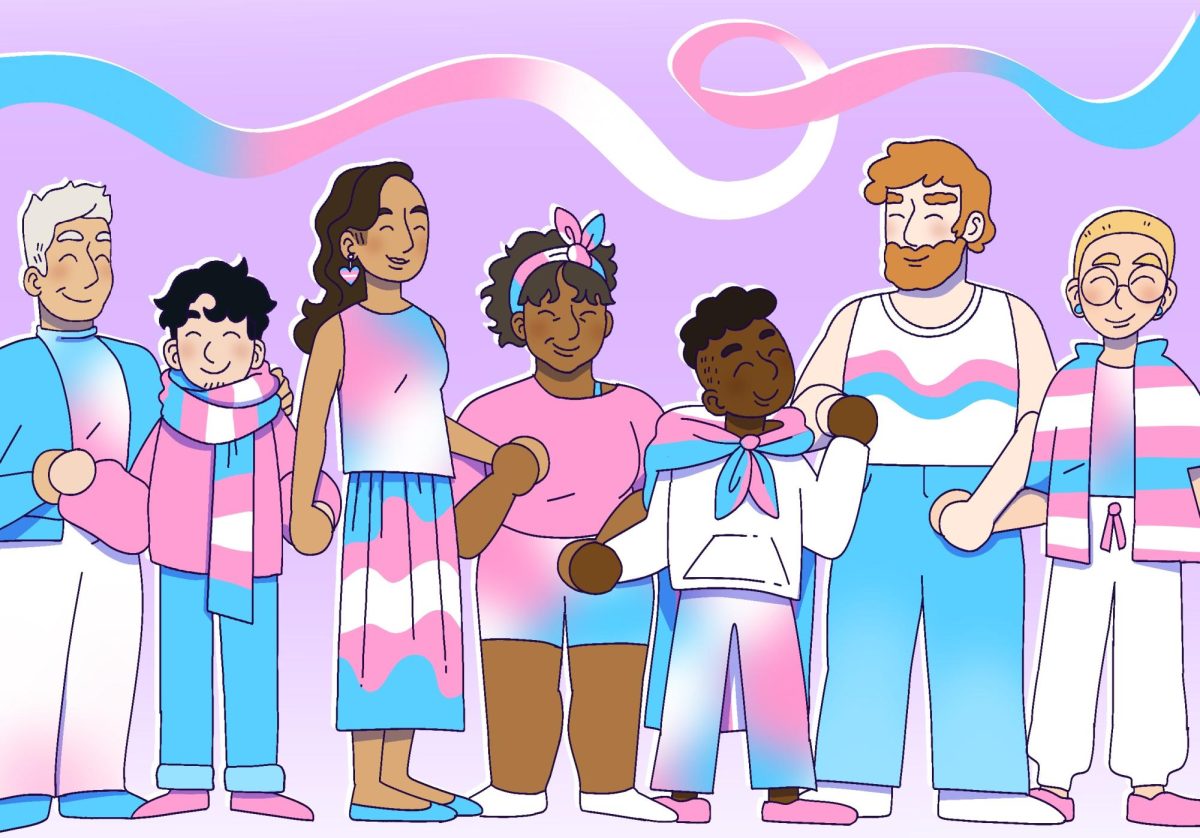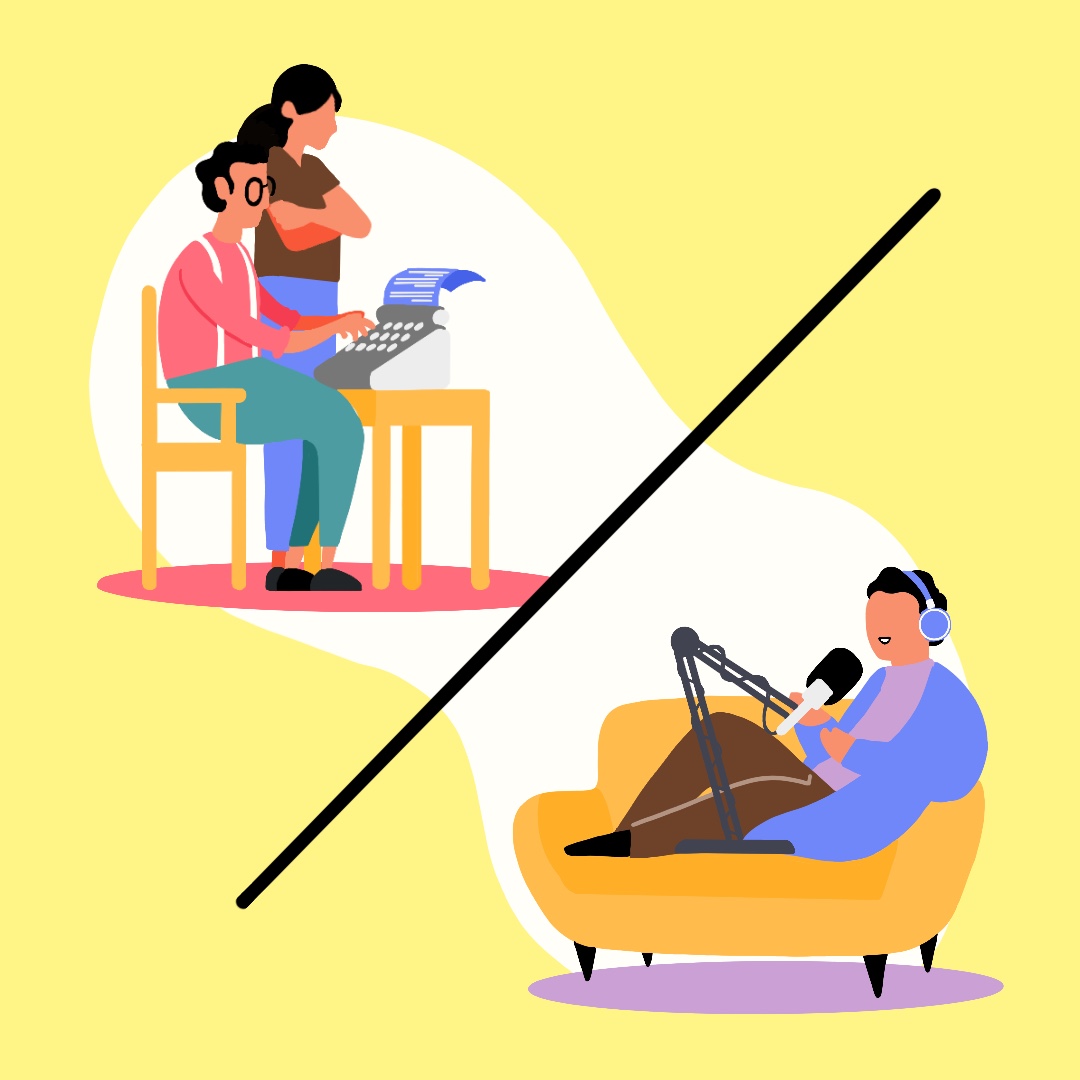When will women win? It seems every battle is uphill and every victory is small. The fight for equal pay within the workforce has been an ongoing campaign that seems to have stagnated. The focus is directed towards how much progress has already been made rather than how much more needs to be done.
Minnesota ranks 20th among U.S. states for the gender wage gap. Minnesotan women, on average, make $0.79 for every dollar men make. This gap becomes larger when you factor in women of color. These statistics are even more alarming when considering the fact that Minnesota ranks second in the nation for women’s workforce participation.
Women are dominating the workforce, yet there is still a gap in pay. The old excuses of education cannot be made anymore, since women now outstrip men in educational attainment in the U.S. and Minnesota. This begs the question, why do these disparities exist, and what needs to be done?
“We do a lot of intentional listening sessions with our impacted communities across the entire state, and what we found is that there’s so much around leadership development, navigating systems, being able to have access to opportunities and resources,” said Chanida Phaengdara Potter, vice president of strategic communications & narrative change at the Women’s Foundation of Minnesota.
For marginalized communities and for those in rural greater Minnesota, resources and opportunities are not easily available. Many feel isolated or gatekept because they are withheld from these chances, Potter said.
For Hmong, Native American and Latina women, the wage differential with white men is twice as large, and it is about three times greater for Somali women than it is for white women in Minnesota.
There is no definitive legislation at this time addressing the gender wage gap. When that conversation is on the table, it is important for legislators to hear from these marginalized communities who continue to be railroaded, even when they contribute so much to the workforce.
I have had female friends talk to me about how a male coworker has been given a promotion over them, or how their boss has made jokes that have made them deeply uncomfortable and how it is impossible to stand up to these situations without considering the consequences that may arise from stepping out of line. The underlying fear of physical repercussions or being blacklisted as someone who is difficult to work with can carry far more weight than is perceived.
While institutions have a large part to play in the gender wage gap disparities, so does societal expectation.
“I think there’s this guilt mechanism that’s always at play, too,” said Jen Westmoreland, chair of the Hopkins School board who is running for Hennepin County commissioner for District 6. “I’ve had times when there have been school board meetings, the same night that my kid had a concert, for example, and not being able to attend their concert was both personally painful for me and then also there was a level of guilt that was placed on top of this, messages like you’re a bad mom if you don’t go to everything that your child is involved in.”
The concept of work-life balance holds a different meaning when it comes to being a parent. People who are caretakers are expected to give enough attention to their children while remaining competitive in their respective fields. Giving too much attention to work makes you a selfish parent, but focusing on your family means you are not a hard worker.
Research has shown fatherhood can increase a man’s earnings while being a mother can reduce a woman’s. This disparaging statistic is a clear example of women being penalized for having children while men are celebrated. Men are expected to be the breadwinners and are therefore compensated with that idea in mind. Women are expected to take care of the household, with the implication being that they will devote less time to their work.
It’s not just up to legislative action to change these norms. It begins at the school level and goes up to the corporations that benefit from their employees’ efforts.
“I think educating about the gender wage gap specifically is a really important thing so that students of all genders understand where that came from, how patriarchy has shaped every single system and practice in this country,” Westmoreland said. “Understanding these overarching systems of oppression, and then also specifically what that looks like, and using statistics and data to help paint a picture for students and really giving them the tool to advocate for better conditions.”
Both Potter and Westmoreland highlighted the influence a diverse set of leaders can have. By having people with diverse backgrounds in power, conversation can come from a place of understanding rather than impositions of what is deemed right.
“There’s still so much more work to be done around internal challenges with human resources and in the ways in which there’s more transparency about salaries and also the openness I think from leadership, especially senior leadership, to say it’s okay to negotiate and here’s our range,” Potter said.
The fight for equal pay has become stagnant, but that doesn’t mean it has lost its relevance. The road ahead is long, but with collective efforts, transparency and understanding, progress is possible.














